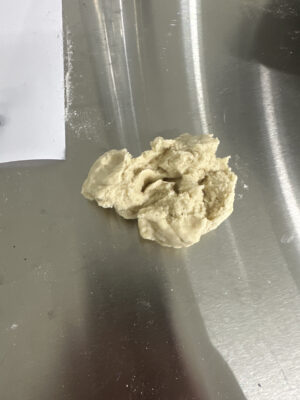Scoolinary › Forums › Ask a question › dough HELP
-
dough HELP
Posted by jemima j on February 1, 2025 at 19:47Sussan Estela Olaya replied 2 months, 3 weeks ago 2 Members · 3 Replies -
3 Replies
-
Level:
Scoolinary Team
Hi Jemima.
Welcome to the Scoolinary community! Thank you for your question.
To better assist you, could you specify which type of dough you’re referring to? The elasticity and strength of the dough can be affected by different factors depending on the recipe.
For example, in a pizza dough, it could be due to low hydration or insufficient resting time. In a croissant dough, the issue might be related to the type of flour used, the kneading methods, or even the cold resting time. In a donut dough, it could be a problem with gluten development or the kneading process.
If you share more details about the recipe and the process you followed, we’ll be happy to guide you towards a solution.
We’re here to help!
-
croissant. i think it was due to the flour. but the baker in the video said i could do half all purpose and half bread. the bread flour had 12% protein which was needed. i then tried it again with just bread flour and it was the sams
-
Level:
Scoolinary Team
Hi Jemima.
I totally understand how frustrating it can be when the dough doesn’t have the elasticity you’re expecting. The flour you’re using plays a crucial role, especially in croissant dough, which requires a strong gluten structure to withstand the lamination process.
The PL of the flour, or linked potential, is really important here. This factor, which is related to the flour’s ability to form an elastic gluten network, is influenced by the protein content. As you mentioned, flours with 12-13% protein are typically the best for croissants, as this gluten content allows the dough to stretch without breaking.
It seems like the all-purpose flour you tried using doesn’t have enough gluten-forming potential, which could be why the dough is tearing. The bread flour with 12% protein is a great option, but make sure it also has a PL in the range of 0.4 to 0.7, as the chef mentions (this info is included in the Croissant recipe from the first edition). This factor will be crucial for the dough to develop the necessary elasticity.
My suggestion would be to keep using bread flour with the right protein content and maybe experiment with a longer kneading time to develop the gluten more effectively. I hope this helps! Have you tried adjusting the kneading or resting process for the dough?
-
-
Log in to reply.


